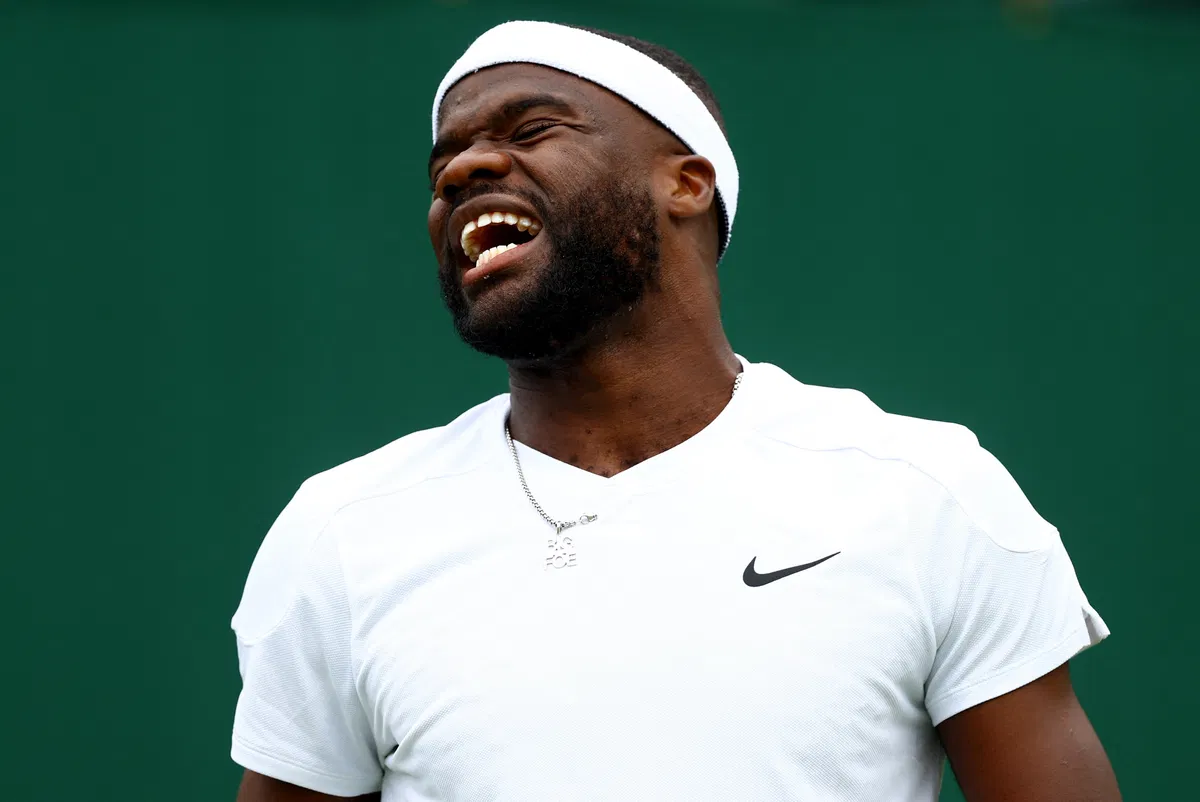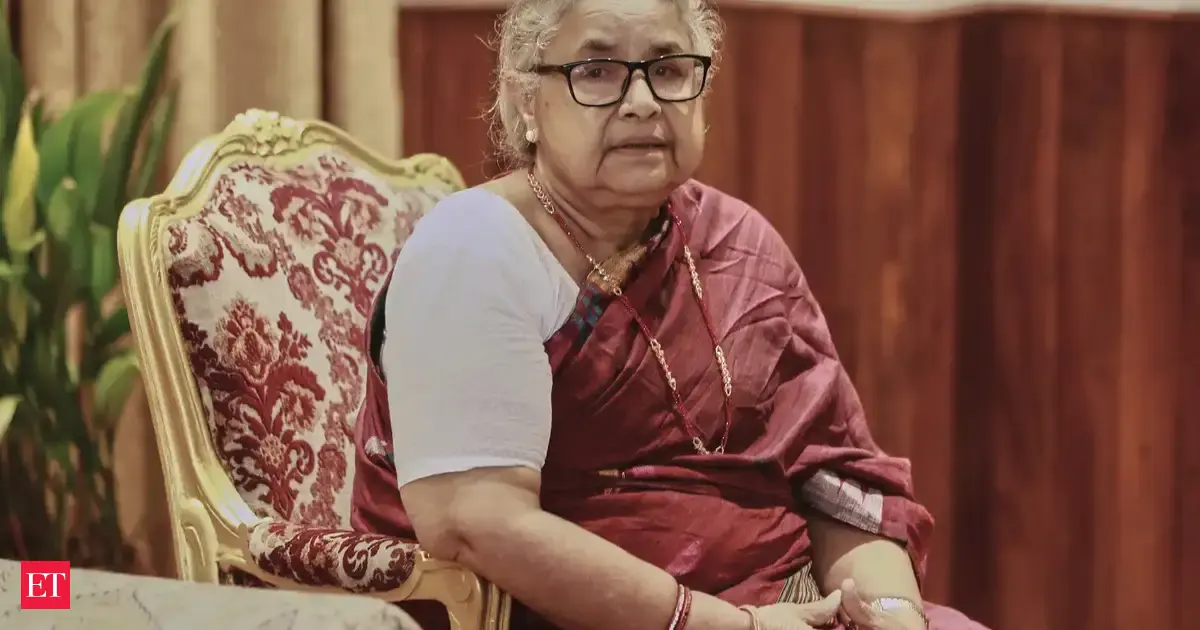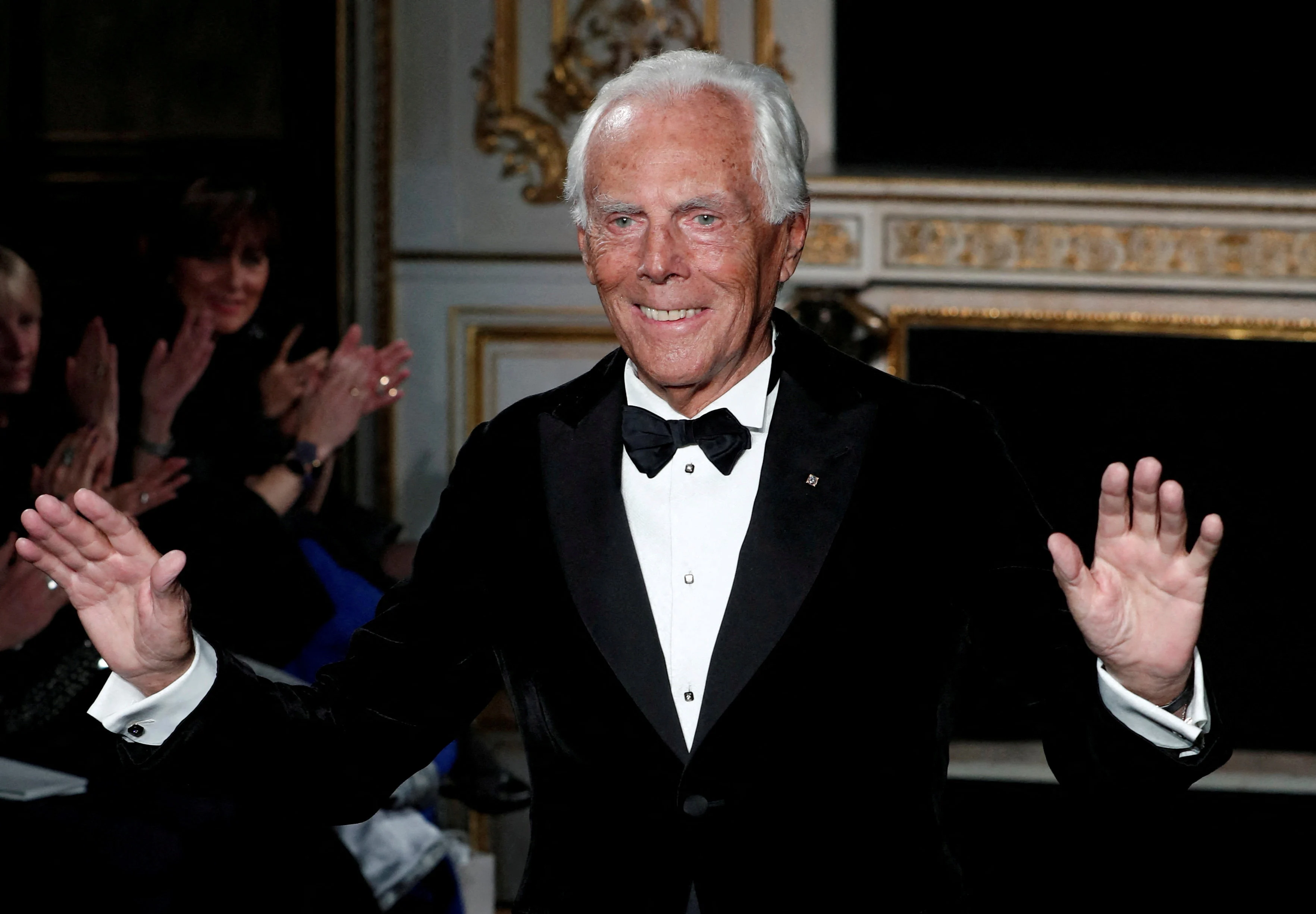
The Davis Cup, often hailed as the “World Cup of tennis,” has always stood apart from the grind of the ATP and WTA Tour, bringing the rare magic of team competition to a mostly solitary sport. Founded in 1900 by Dwight Davis, it remains the largest annual international team event in world sport, a stage where national pride fuels every point. But this year, as the tournament heads into its business end with Team USA already out with Frances Tiafoe‘s loss, the American ex-pros has slammed the current format, calling it a flawed system that robs the event of its soul and competitive spark.
In a recent episode of Nothing Major Podcast, Steve Johnson led the charge with a blunt assessment, sparing no emotion as he declared, “Davis Cup format being absolutely incredibly bad. It’s the worst format of all time. And it’s just lost its juice. Like I it’s its horrible. I think the Davis Cup format is horrible. And this is what Davis Cup gets.” For Johnson, the storied competition has lost its beating heart, its drama, its edge, its timeless identity.
Sam Querrey chimed in next, equally bewildered by the scheduling chaos that has left fans and even players scratching their heads. “Yeah, I know. It’s like speaking of the format, like they played two singles matches on Friday. On Saturday, they played doubles. We won the doubles.” He then laughed about his own confusion, adding, “I then turned the TV off, and like four hours later I was like looking at Twitter or maybe the ATP app and it was like Tiafoe in a fifth rubber. I’m like, what is going on? They’re playing today on Saturday. Like that goes to show I mean I don’t know how you guys felt, Jack. I don’t know if you saw that too. Like I don’t even know the format of what days they’re playing.” His words underlined the glaring issue: if die-hard players can’t follow the format, what chance do casual fans have?
ADVERTISEMENT
Article continues below this ad
Jack Sock added his voice to the chorus, admitting he too was caught off guard. “Yeah. I thought it was the 212. I figured we were playing Sunday, and then I did the same. I got on social media and saw that we lost to Czechia and I was like yeah had no idea. So, yeah, not not a fan, like Steve said, not a fan of it at all, to be honest.” Sock’s statement captured the shared sentiment of disconnect between the Davis Cup’s current structure and the excitement that once defined it.
ADVERTISEMENT
Article continues below this ad
This latest wave of criticism comes at a time when the Davis Cup is already in the midst of another transformation. The ITF has rolled out yet another revision to the format for the 2025 season, hoping to recapture some of the lost spark. The tournament began its campaign between 31 January and 2 February with the first round of the Qualifiers and Play-offs taking center stage. Twenty-six nations battled across 13 home-or-away ties, all crammed into two days of play. The winners will progress to the second round of Qualifiers later in the year, with the stakes climbing toward the prestigious Final 8 in Bologna, Italy, come November.
Meanwhile, the 12 losing nations from World Group I were paired against winners from World Group II and the two highest-ranked losers from 2024 in another set of ties, with the victors advancing to the Play-offs second round scheduled for September.
It’s a format that demands constant attention, and for many, that’s part of the problem. The layers of qualification and home-and-away ties, while designed to keep more nations involved, have left fans struggling to track the narrative from start to finish.
The scoring structure also maintains its complex flavor. Qualifier ties still consist of five matches over two days, two singles on day one, followed by the doubles and two reverse singles on day two. Each rubber is a best-of-three tie-break set battle. To advance, a nation must win at least three of the five matches, a nod to tradition that many purists still appreciate. But once the competition reaches the Finals, the format changes again, compressing ties into just three rubbers, two singles and a doubles showdown.
This constant reshuffling has left many, including the sport’s biggest names, calling for clarity and stability. Novak Djokovic himself criticized the previous iterations, arguing that the tournament was losing its core essence by shifting away from the raucous, home-and-away ties that once packed stadiums and delivered unforgettable moments.
And despite former players’ efforts to make sense of the format, Team USA is already out as the Davis Cup heads to the Final 8.
Frances Tiafoe falters as Fritz’s illness sinks Team USA
If you were part of Team USA, Saturday night in Delray Beach felt like a nightmare unraveling in slow motion.It was past 10 PM, yet the Florida heat and humidity refused to fade. The players, the officials, even the fans were drenched, the air heavy and unforgiving.
Inside the stadium, the blaring horn from a Czech fan pierced the silence with every American error, each blast stinging like a fresh wound. Many US supporters had already headed for the exits, leaving an eerie quiet behind. The tie was supposed to be over by now. Team USA led 2-1 after a gritty doubles win. Fritz, even fighting illness, was expected to seal the deal against Lehecka, a player he had beaten four times before.
When Fritz clawed back to win the second set and leveled the third at 4-4, hope swelled. But Davis Cup has its own script. Lehecka held, then broke with two brilliant passes, turning the tide and shocking the Americans. Bob Bryan faced a choice, stick with Tiafoe or bring in Opelka. He chose Tiafoe, saying, “I didn’t think Frances was hitting the ball poorly tonight.”
ADVERTISEMENT
Article continues below this ad
But Tiafoe’s night unraveled instantly. He lost the first 12 points, never finding his rhythm. The heavy air smothered his power, the crowd stayed quiet, and his trademark fire never appeared. Bryan urged him to “keep making the match physical,” but Tiafoe never truly threatened. Under the lights, Team USA’s campaign collapsed, leaving them stunned and out of the competition.
The Davis Cup Finals lineup is locked: Italy, Belgium, Spain, Germany, Czechia, Austria, France, and Argentina clash in Bologna, Nov. 18-23. With such powerhouse nations colliding, who will rise under the spotlight and seize the Cup? This showdown promises fireworks and a battle worthy of tennis history.



